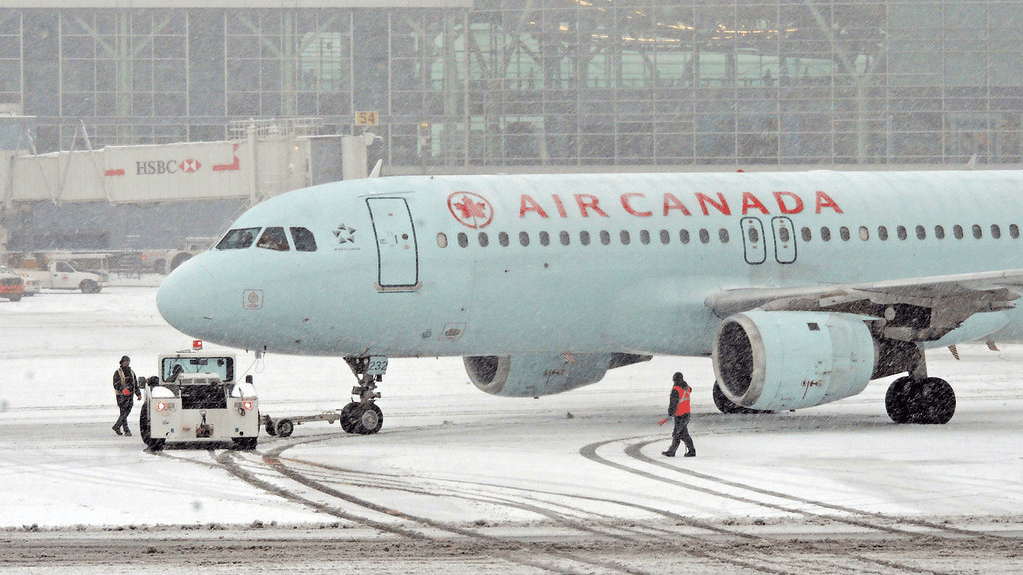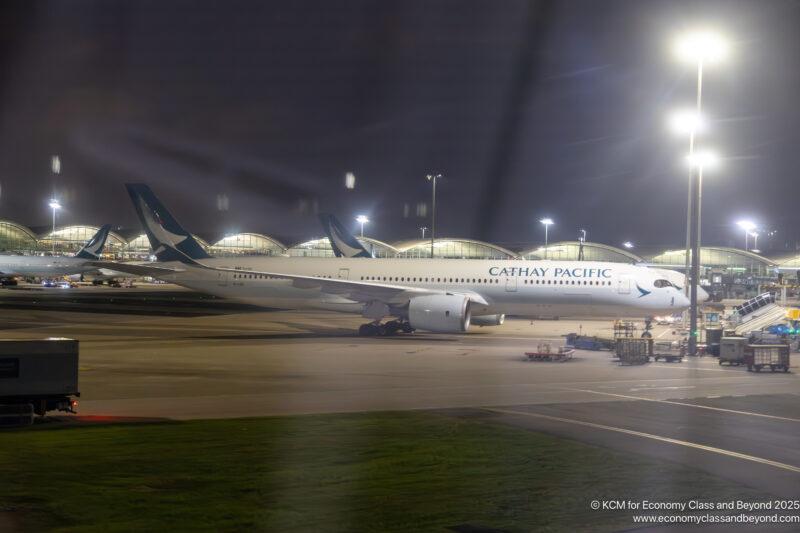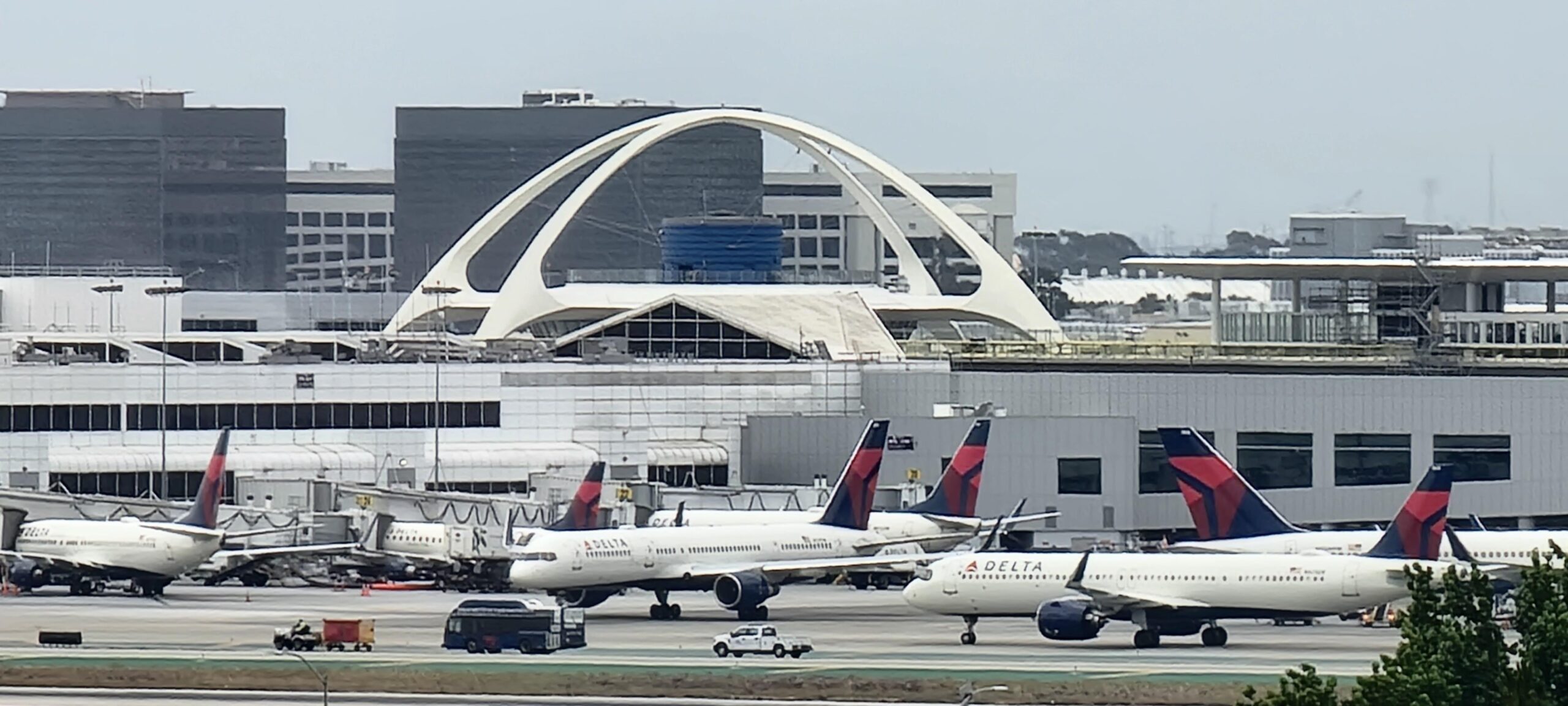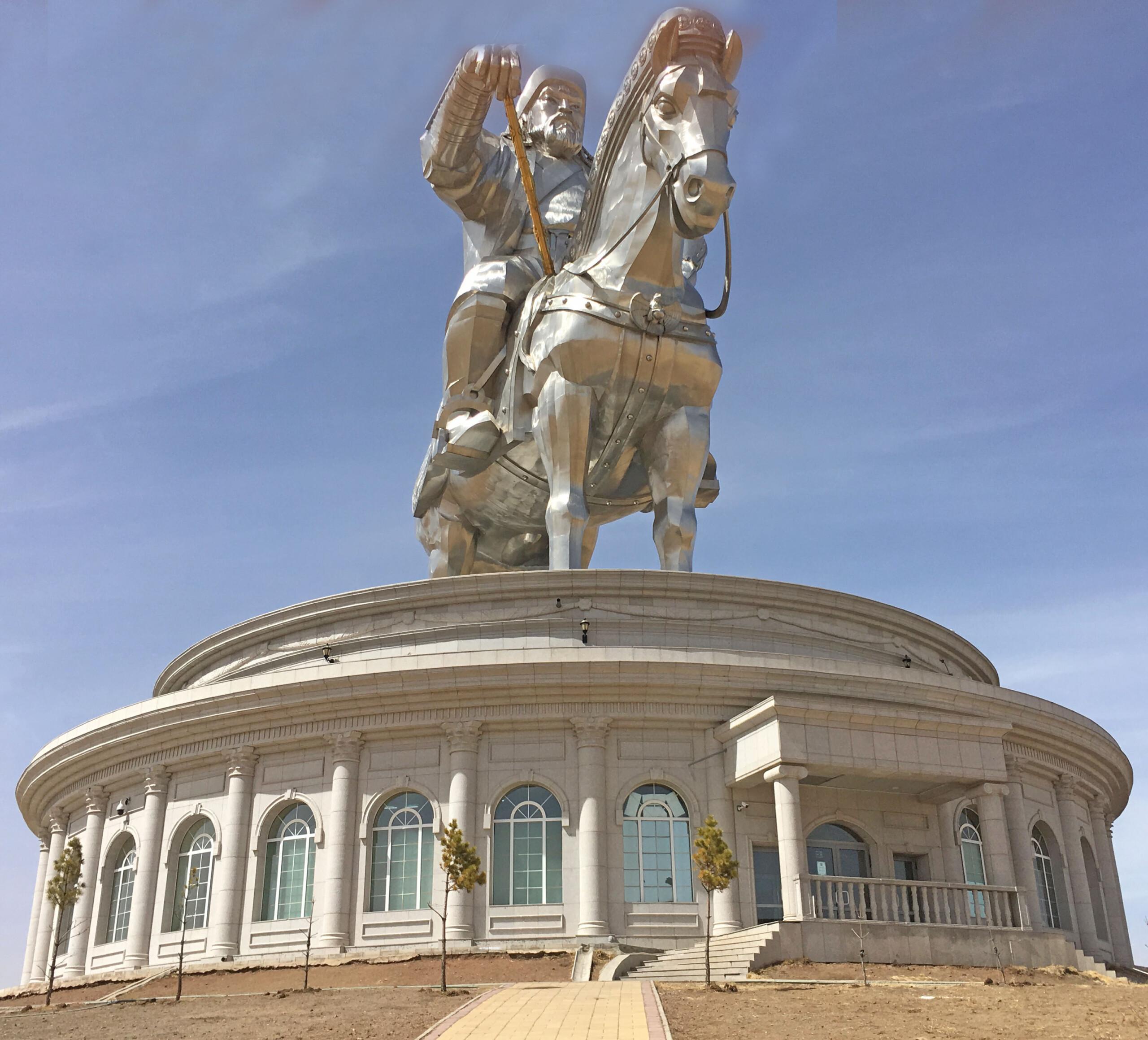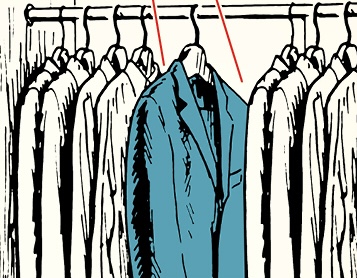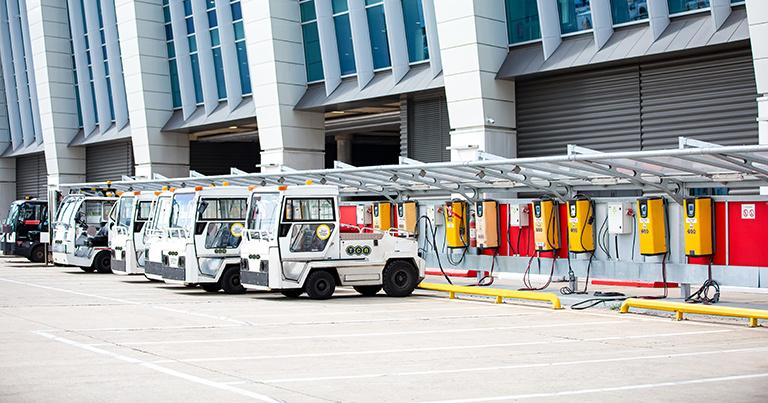These Were the 10 Bumpiest Flight Routes in the US in 2024
Bad news for flyers in and out of Salt Lake City....
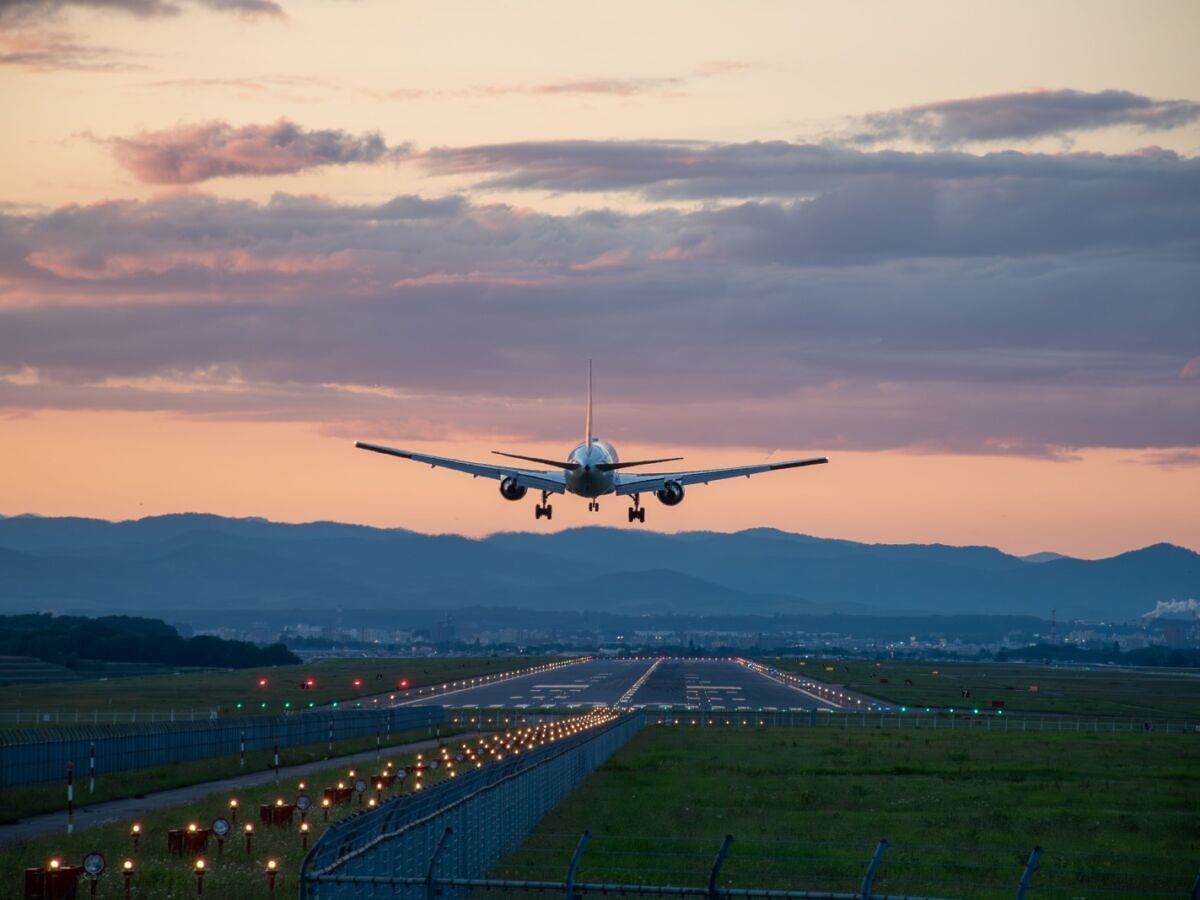
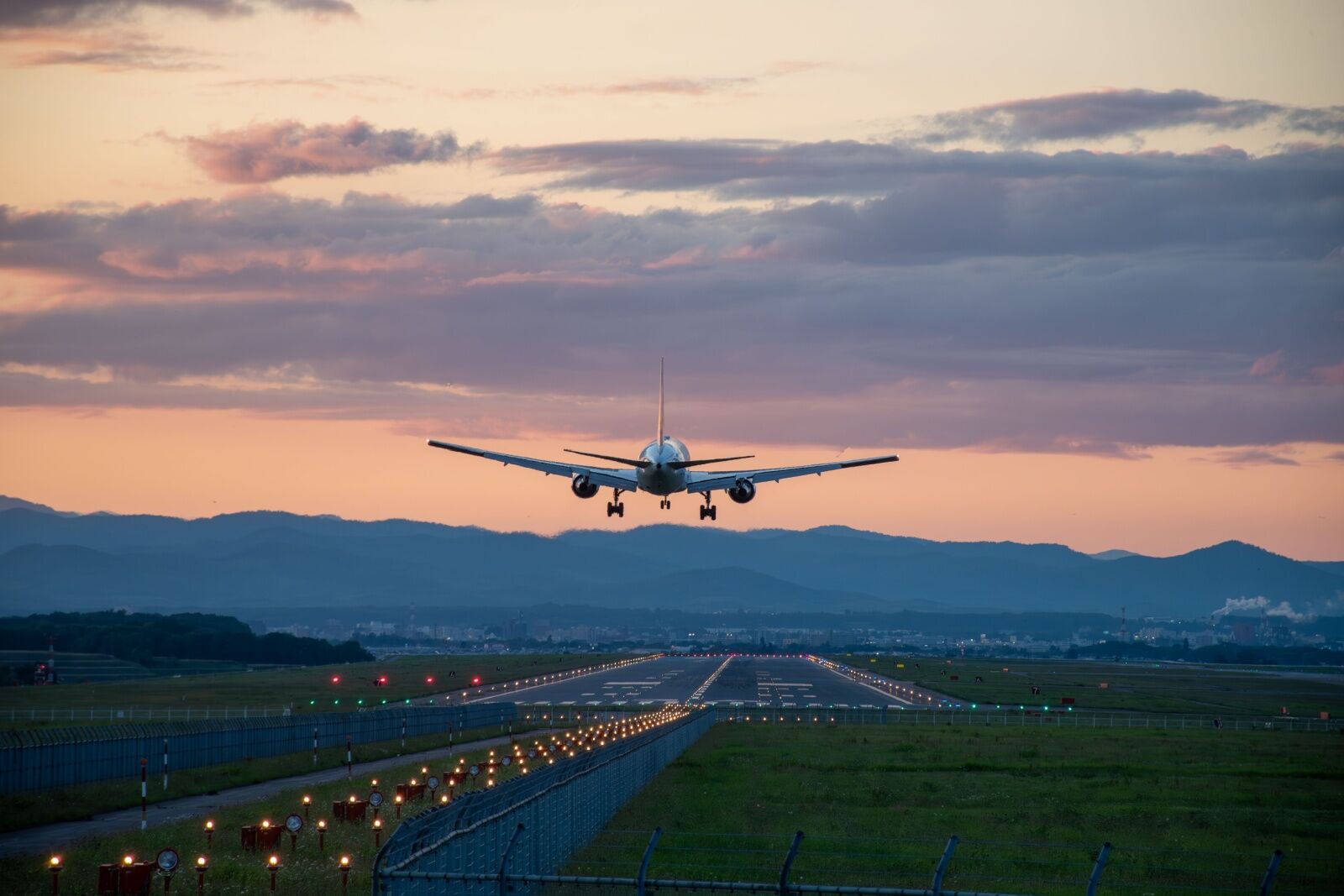
It seems like turbulence was one of the most-talked about issues related to flying in 2024. There were flights so bumpy that airlines had to stop serving fan-favorite ramen, endless conversations on why wearing your seatbelt at all times is a must-do, and even an announcement that a major US airline would start landing procedures earlier to help reduce the number of injuries caused by bumpy landings.
Flight turbulence is something discussed to no end — and also studied to no end. And with 2024 in our collective rear-view mirror, one expert analyzed global flight data throughout the year, and found the top 10 bumpiest flights in the US. The data comes from Turbli.com, created by Ignacio Gallego-Marcos, a working engineer with a Ph.D in Computational Fluid Dynamics. Gallego-Marcos’ goal is to make Turbli the best turbulence-forecasting tool on the internet, especially for fearful fliers. “Turbli is a lifesaver that helps them calm down by setting the right expectations,” he says. Of course, he notes it goes both ways. “For others, it creates an additional anxiety that makes things worse.”
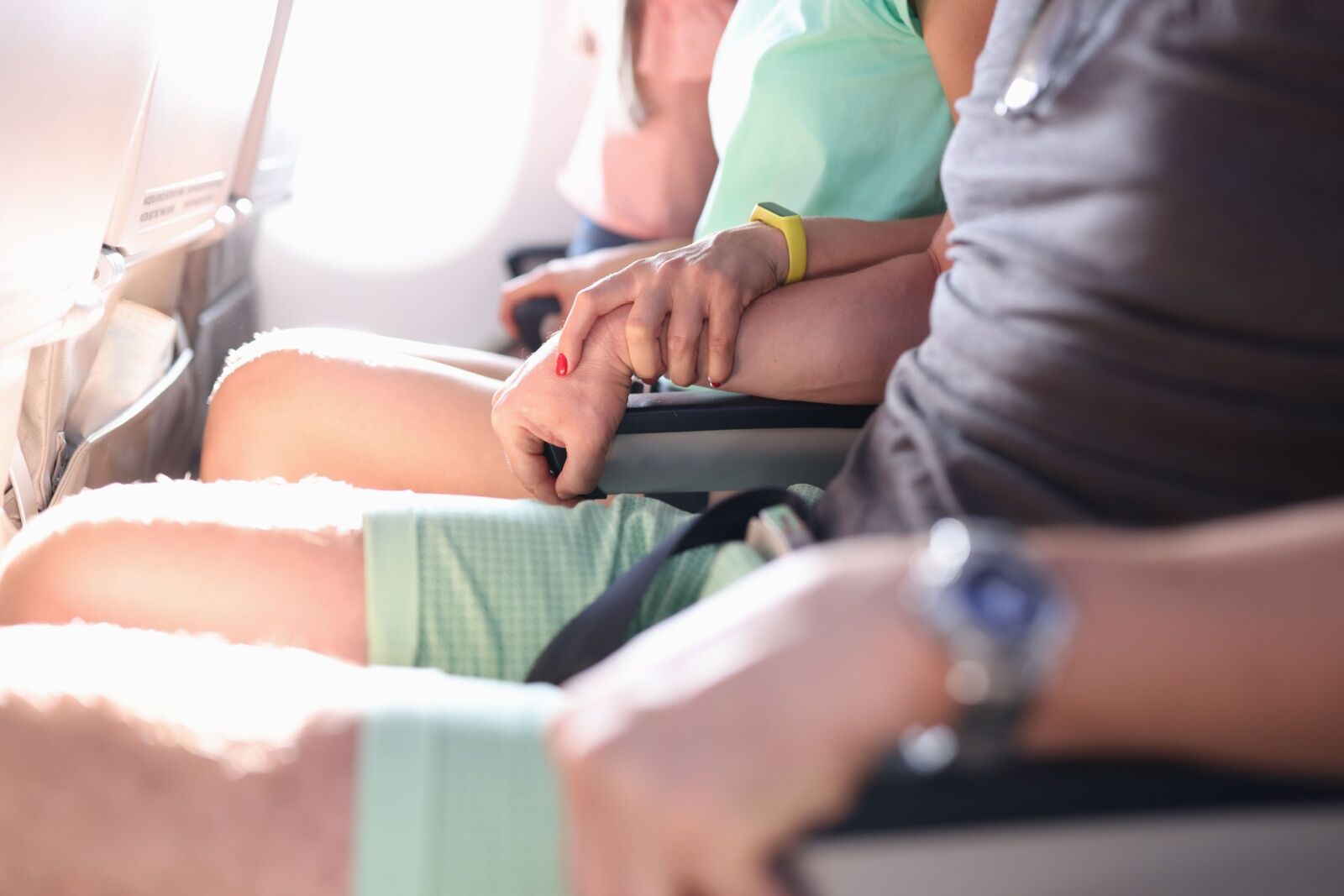
Knowing that a flight is always bumpy may help some flyers stay a little calmer when turbulence hits. Photo: H_Ko/Shutterstock
Turbli’s forecasting and reporting is based on several metrics, including data from the National Oceanic and Atmospheric Administration (NOAA) and the UK Met Office, capturing snapshots every six hours across 18 pressure levels (elevations). That data is compiled monthly and annually to calculate average turbulence levels. Those numbers are then analyzed on the eddy dissipation rate (EDR), with Turbli’s scale defining 0-20 as light, 20-40 as moderate, 40-60 as strong, 60-80 as severe, and 80-100 as extreme turbulence. EDR ratings are analyzed without regard to aircraft size, so riding in a small plane may feel much bumpier than being in a large 777 on some of these routes.
The 10 bumpiest flight routes in the US
- Las Vegas, NV (LAS) to Salt Lake City, UT (SLC)
- Las Vegas, NV (LAS) to Reno, NV (RNO)
- Bozeman, MT (BZN) to Salt Lake City, UT (SLC)
- Boise, ID (BOI) to Salt Lake City, UT (SLC)
- Ontario, CAN (ONT) to San Diego, CA (SAN)
- Bozeman, MT (BZN) to Denver, CO (DEN)
- Denver, CO (DEN) to Salt Lake City, UT (SLC)
- Jackson, WY (JAC) to Salt Lake City, UT (SLC)
- Denver, CO (DEN) to Jackson, WY (JAC)
- Albuquerque, NM (ABQ) to Denver, CO (DEN)
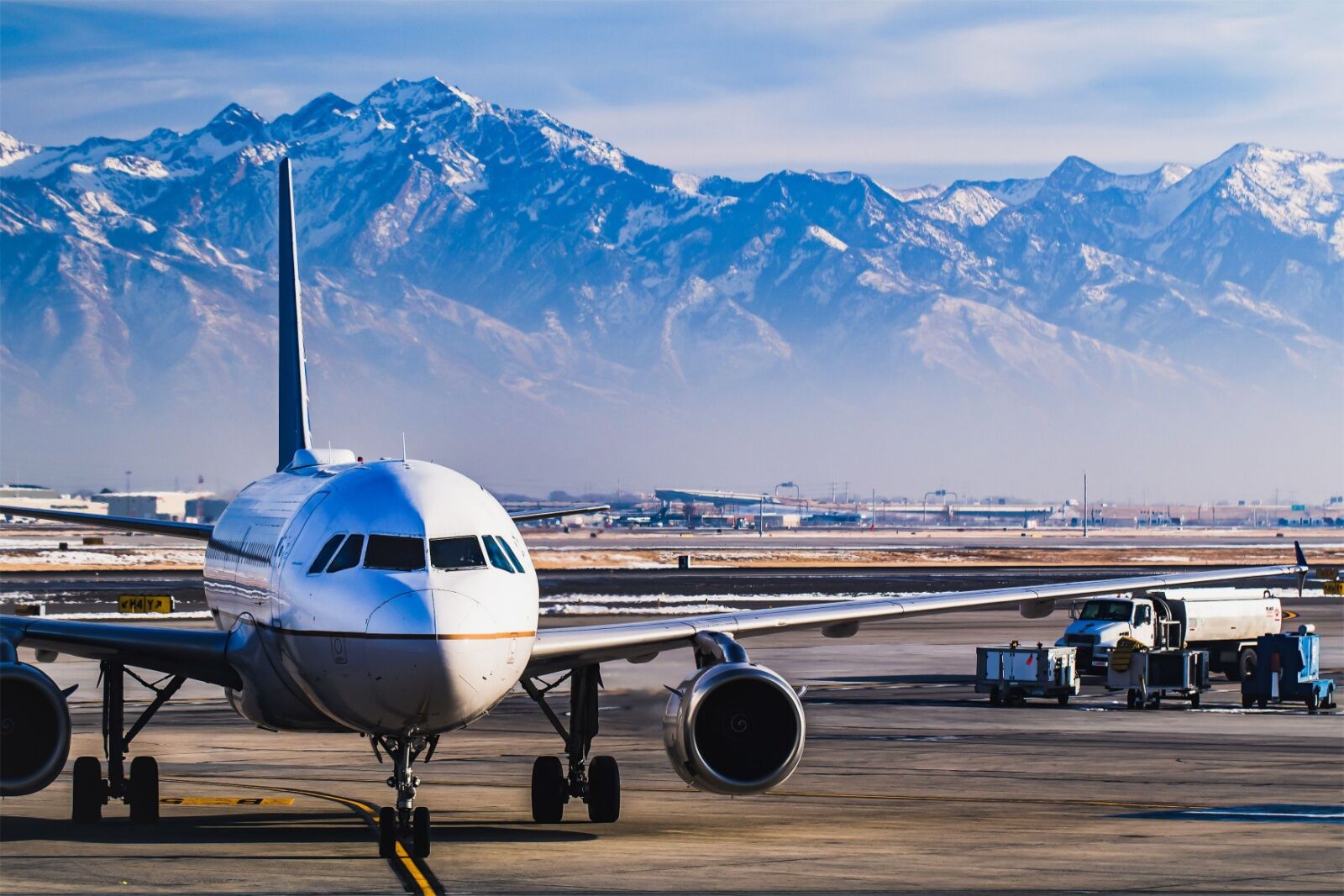
It’s no surprise why flights around Salt Lake City can be so bumpy. Photo: Brandon Jenner/Shutterstock
Anyone with a loose sense of US geography probably noticed a theme: flights in the US Mountain West are generally the bumpiest in North America, due to both geographical and meteorological factors. The Rocky Mountains in Colorado, Sierra Nevada Mountains in California, and other high-altitude ranges generate turbulence. As wind flows over mountain ranges, it encounters abrupt changes in elevation, causing it to move up and down — up to get over the mountains, and down when gravity grabs it on the other side. That creates the equivalent of waves in the air, which planes feel as turbulence.
Mountains also act as barriers, causing wind to get stronger as it funnels through passes and lower-elevation points in mountain ranges. Increased wind speed and pressure also means more turbulence. When different air temperatures mix, it creates turbulence, and airports in valleys (like Jackson’s or Boise’s) often feel strong winds as gusts come ripping down the mountainsides.
That’s true no matter where in the world you are, as exemplified by the bumpiest flight routes in the world, all over the Andes Mountains: Mendoza, Argentina, to Santiago, Chile; Córdoba, Argentina, to Santiago, Chile; and Mendoza, Argentina, to Salta, Argentina.
But there’s good news for travelers who hate turbulence and often fly between western airports: it’s still not very bad. Turbli’s turbulence scale runs from 0 (no turbulence) to 100 (extreme turbulence), and even the “worst” flights in the US are still under 20. Flights from Albuquerque to Denver — supposedly the bumpiest flight in the US in 2024 — only rate as a 17.751 out of 100. ![]()
What's Your Reaction?











